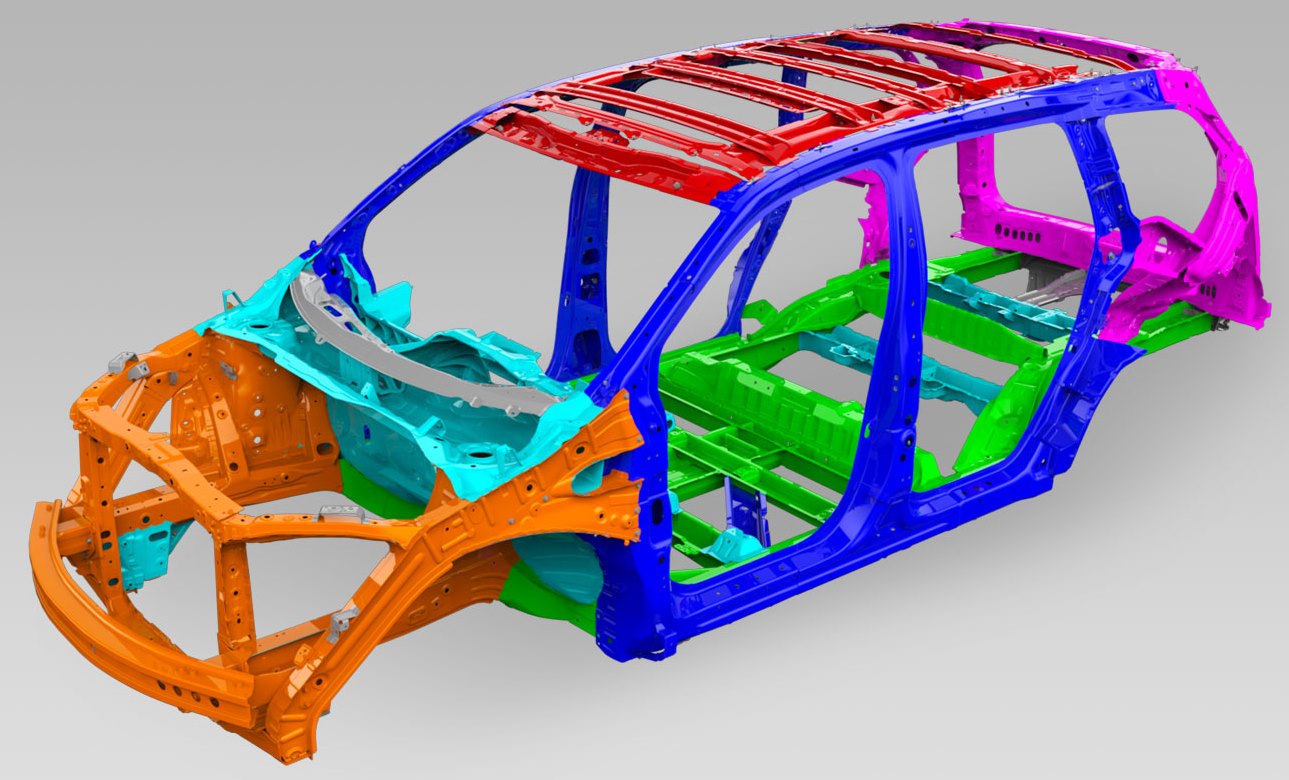The XC90 has one MASSIVE safety flaw: the vehicle is not designed to be crash-compatible with high riding vehicles (SUVs, pickups).
Pickups are 4 of the top 10 best selling vehicles in the USA. A pickup truck will override the XC90's safety cage and kill the occupants.
If Volvo had done it right, they would have included the type of front-end companies like Honda uses to ensure crash compatibility.
Note how the Volvo (top) completely lacks the upper crash structure. The crash-compatible vehicle (bottom) has a high bar which engages the higher-riding vehicle's crash structure, and transmits it to the lower crash structure.
![Image]()
![Image]()
Pickups are 4 of the top 10 best selling vehicles in the USA. A pickup truck will override the XC90's safety cage and kill the occupants.
If Volvo had done it right, they would have included the type of front-end companies like Honda uses to ensure crash compatibility.
Note how the Volvo (top) completely lacks the upper crash structure. The crash-compatible vehicle (bottom) has a high bar which engages the higher-riding vehicle's crash structure, and transmits it to the lower crash structure.








